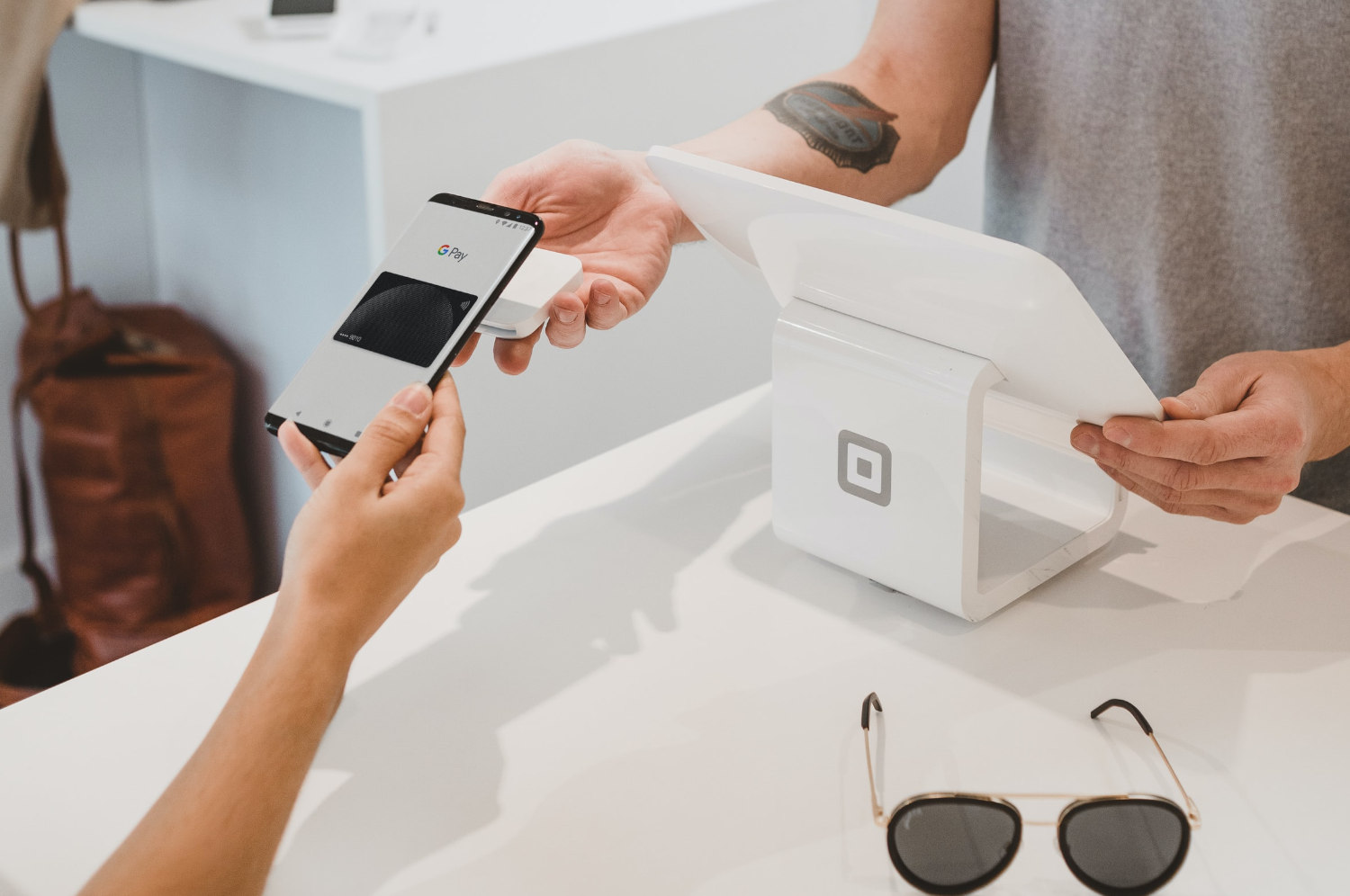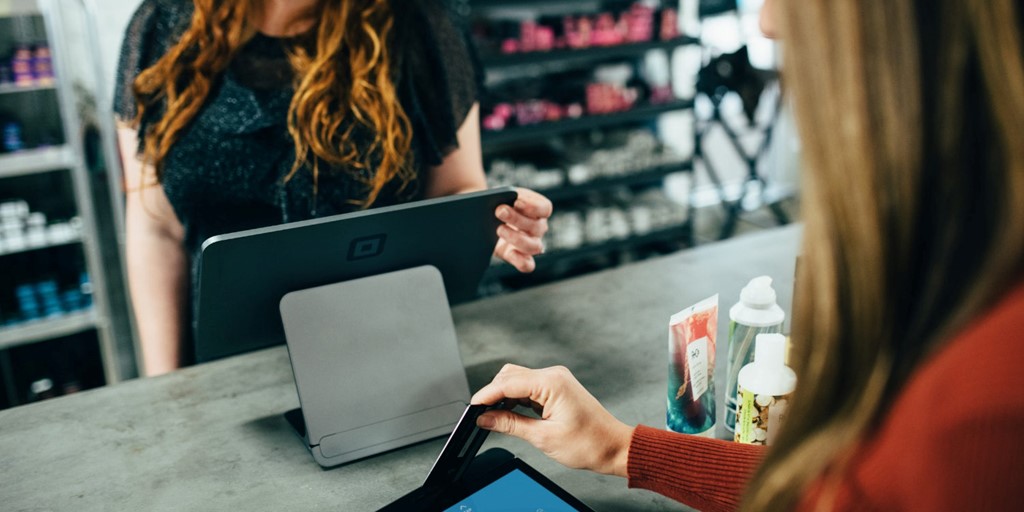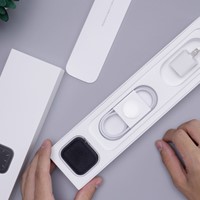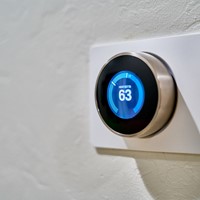Anyone who has had to buy any electronic equipment in the last few years will have probably noticed the new trend that all devices, from toothbrushes to dog collars, can now be “smart”.
They come fitted with several sensors and their own mobile apps through which they can be controlled whenever required - and they can provide a ton of helpful data one may not have even thought necessary.
The best thing about them? IoT devices can help us deal with several possibly minor yet still rather annoying problems - from forgetting to turn off the lights or AC when leaving for work to worrying about how to keep our homes secure and our flowers watered when on vacation. And now that the costs of creating smart devices are lower than ever, interest in them is only expected to grow - by 2025, there are estimated to be more than 31 billion IoT devices Worldwide!
But IoT isn’t only about intelligent gadgets for regular users - they can be a tremendous help for all industries, including retail. So how exactly can IoT devices be used in retail, and what can store owners gain from doing so? Read on to find out!
What even is the Internet of Things?
The Internet of Things means any item that can connect to the web, gather and exchange externally collected data, and adjust to precisely fit the user’s needs and expectations. And the possibilities for IoT devices are endless - from an intelligent feeder that can provide pets with food at specific times of the day to intelligent traffic lights, tracking systems, and all kinds of wearables.
The main point of IoT devices is to gather certain data coming from the outside world, share it with users, and help them make better decisions. But IoT devices can also work “on their own”, based on collected data and user preferences. So, how can these smart objects be of use to any retailer?
How can IoT devices help retailers?
Whether you have one store or several chains, there are quite a few ways to use IoT devices. How about having a device that controls your inventory to make sure you don’t order more than you need? Or one that will adjust the lights and air conditioning depending on the number of customers inside your store?
Or better still, let’s talk about the bane of all retail owners - shoplifting. Stores lose $47 million daily on lost products, with shoplifting and employee theft sadly making up a large part of those losses. And looking at how creative customers (and some employers) can be when trying to take products out of stores without paying for them, fighting with inventory losses might seem like an endless battle. However, RFID (Radio-frequency identification) tags together with an inventory management system can make it easier to turn the situation in your favour.
Rather than large and bulky (not to mention costly) security tags, you can attach a tiny RFID tag to all of your products - whether they are bottles of perfume, books, or pairs of jeans. Then, if someone attempts to leave your store with an unpaid item, not only will the security alarm ring, but it will also send super-precise data to your employees about which item was taken and from where.
You could later use the data to make a list of things that are shoplifted most often (and ask security to monitor that area discreetly) or even make note of which of your stores has the biggest number of theft cases!
Plus, your employees are also much less likely to consider taking “leftovers” from your shop once they know that every single item is tracked and monitored - so it will no longer be possible for them just to say that an item was misplaced or lost. And with real-time, automatic inventory checks, all missing items will be immediately highlighted, so you can start searching for them straight away rather than during a monthly inventory check.

How else can you benefit from IoT devices in your retail shop?
Allowing you to cut on the losses caused by stolen products is just one of the several ways in which IoT products can help your retail business - there are far more.
1. Much more organized and optimized inventory management
A lot of your employees’ time and energy is spent keeping track of all the items you have in store, finding and putting misplaced items back in their proper place, and making sure you don’t run out of stock. Smart shelves can do most of those tasks for them - thanks to RFID codes, tag readers, and precise weights installed in them, an intelligent shelf can immediately notify you if you are running low on a specific type of product or an item is not located on the shelf that it should be.
And as the data is updated in real-time, after each sale, you need only one glance at the information provided by the smart shelf to know which products you should restock down to exactly how many you need.
2. Keeping track of your supply chain
But the control you have over your products isn’t limited only to those you have in your store - you can keep an eye on your goods throughout the entire supply chain, from the manufacturer to your store. It might not sound like a novelty - you could already track your deliveries without IoT devices - but smart tracking systems can give you far more information than regular ones can currently provide.
With RFID and GPS sensors inserted into the tracking system, you can find out exactly where products are at a given moment and what conditions they are being stored in - you can even check the exact, current temperature in containers. If a product needs to be kept at a specific temperature, then knowing straight away whether it is too hot or too cold and reacting straight away to set the proper heat levels can help avoid receiving damaged or useless products.
If you have a long list of suppliers and vendors handling your products before they arrive at your store then, with the help of IoT devices, you can ensure that your goods are safe and stored in optimal conditions during the entire journey and minimize the risk that delivery will be late or some products will get “lost” on the way.
3. Faster checkouts for your customers
Now, something that your customers are sure to like is super-fast store checkouts. The self-checkout machines visible in many stores are pretty useful (especially if you don’t like standing in long queues), but you still need to scan all of the products yourself. Depending on how many products you have in your basket, this might take more or less time than usual and the sensors inside the checkouts machines are so precise that they sometimes lock themselves and you need to wait for staff anyway.
How about having a checkout system that automatically scans the tags on each item picked by a customer, tally the total cost up, and then only ask them to scan a unique code at the checkout? Wouldn’t such a checkout system that allows your customers to do their shopping in a flash make them happier and more willing to visit you more often (especially if they don’t have the time or patience to wait in line)? Bet it would!
4. Personalized offers and discounts
Loyalty programs and apps with special discounts are such a standard nowadays that you might think it’s hard to invent anything new here. Enter Beacons - small Bluetooth devices that can send alerts to smartphones near a given location. This means you can send special discounts to customers once they enter your store or are nearby, that is if they have already downloaded your app and agreed to receive such notifications.
But why send a general discount if you can send a tailored one? Let’s say one of your customers is looking for a new pair of new jeans and browses your online store searching for them. They find a model that seems perfect for them so they go to the physical store to try out the jeans, but then find out they can get a discount for the jeans section! So why offer general discounts on a wide variety of products if you could tailor offers to each individual customer?
5. Optimizing your store’s layout
Speeding up your checkout and sending your customers exactly the offers they might find attractive with the help of IoT devices is sure to boost client satisfaction. But how about changing your store layout as well to match how your customers are shopping?
Okay, not many people like it when a store gets a total redesign, as this makes it so much harder for them to find the products they need - especially when in a hurry. So there’s the risk that people might simply leave a store if they don’t understand how the products are placed. What if IoT devices could help you redesign a shop to make it much more inviting and easier to navigate?
Through the use of AI, infrared sensors and video analysis, you can discover how your customers browse through your store, how long they spend in each aisle, and which products they look for most often.
So, for example, you could make a list of products that are most commonly searched for and put them on the front of your store for easy access. Or you could place promotional stands in the most visited areas where they have the greatest chance of being noticed by your customers.
Conclusion
IoT technology is still pretty young, yet there are already more than 10 billion such active devices. And smart devices aren’t just funny gadgets for regular users - they can and will change how businesses work. From helping retailers cut costs on damaged, lost, or stolen products to making their stores more appealing to visitors and freeing up some of the staff’s time. And as IoT technology costs drop, it’s a sure bet that retailers will be using such intelligent devices more and more often. So maybe some of those inventions will even be used in your store soon?










 Angry Nerds (Poland)
Angry Nerds (Poland) Angry Nerds (USA)
Angry Nerds (USA) Angry Nerds (Canada)
Angry Nerds (Canada)



